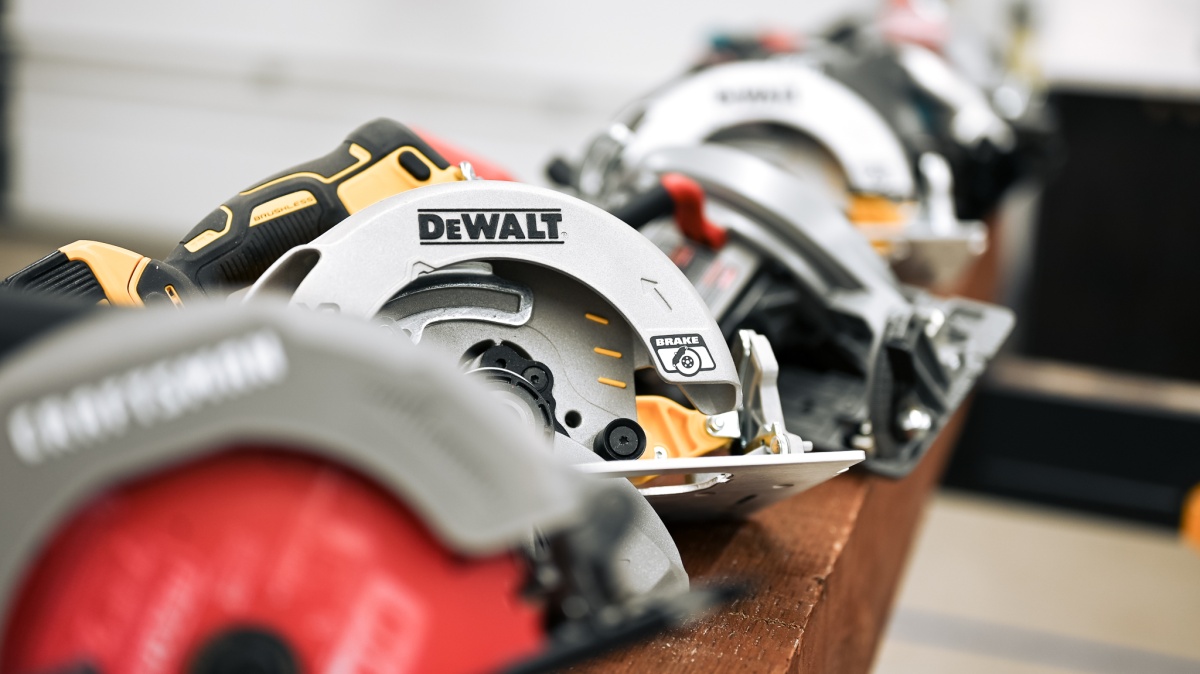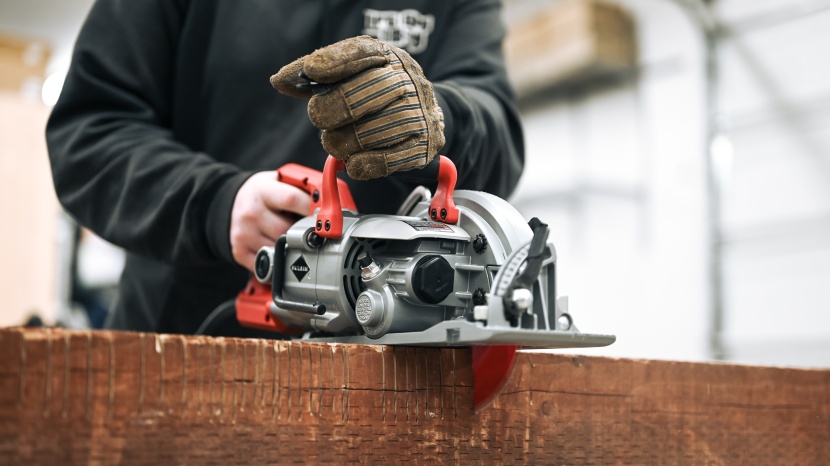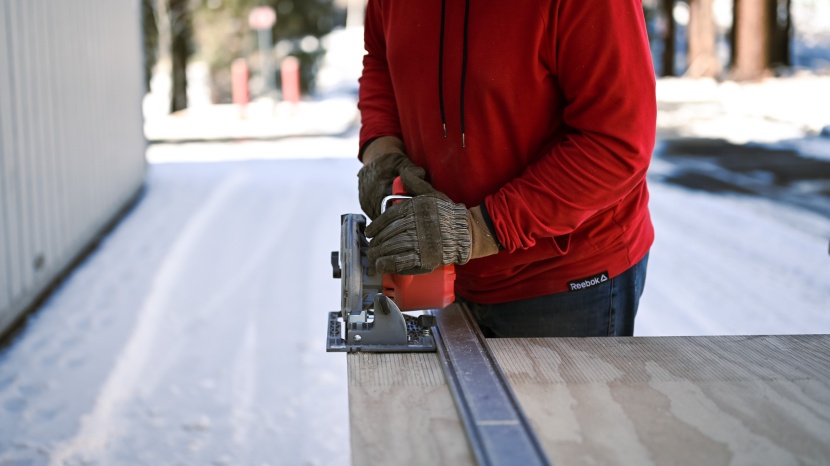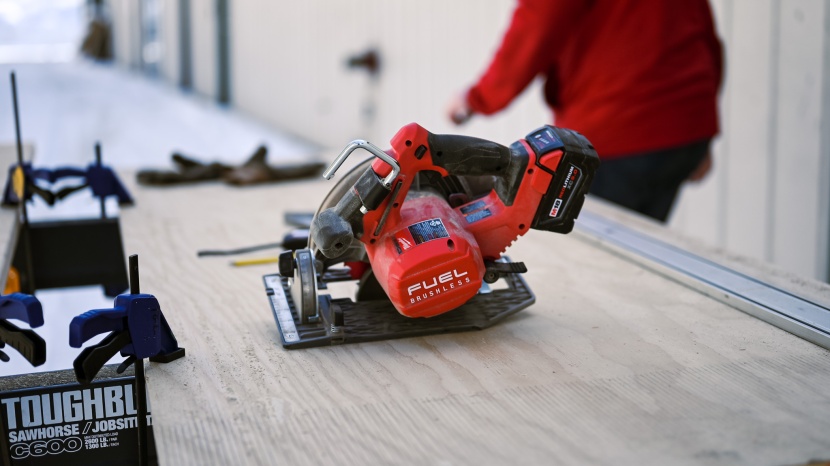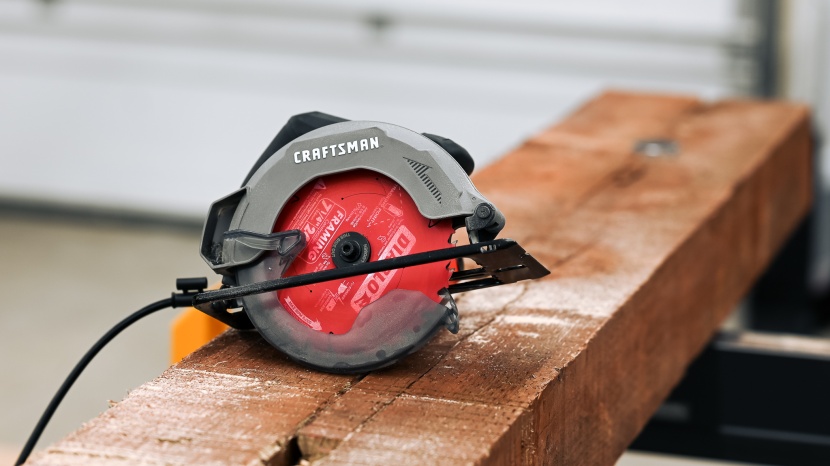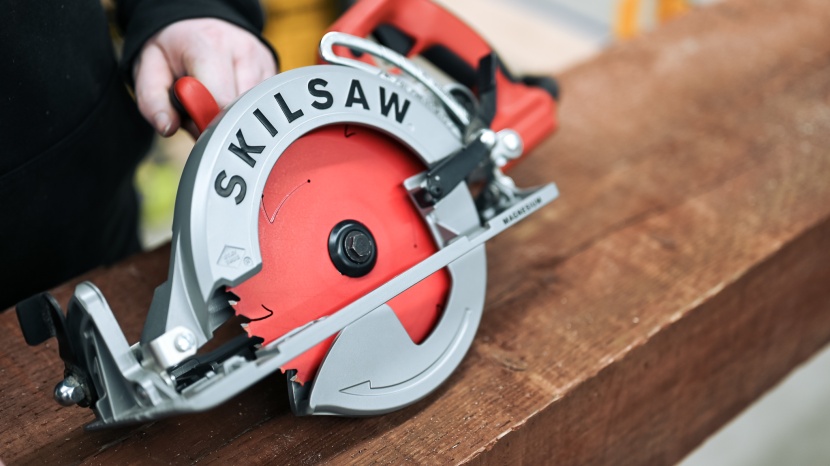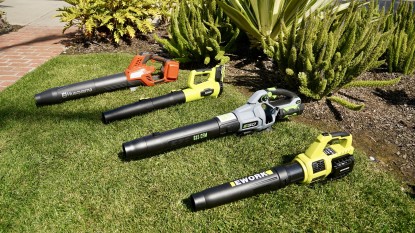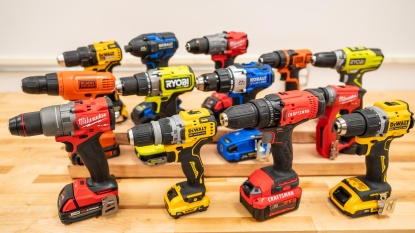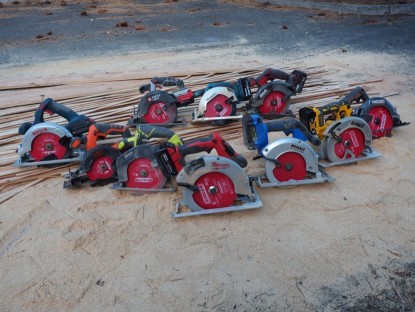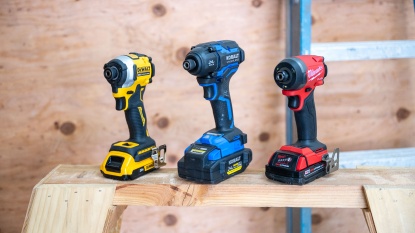Picking out a new, often expensive power tool is rarely easy. But that doesn't mean it can't be fun. The current circular saw market provides many options to consumers in blade size and configuration, motor type, power, and cost. To be clear, this article, and the accompanying circular saw review, focuses on saws with 7 1/4-inch blades. However, we have a cordless circular saw review that features several different blade sizes that may be of interest. This article will help guide you through the best 7 1/4-inch battery-powered and plug-in saws on the market. We will examine the pros and cons of going cordless, having a right- or left-sided saw, and the advantages of brushless versus brushed motors. Finally, we delve into the nuances of hypoid, worm, and direct driver saws. After reading this article, it should be clear which saws are right for you, and that's where the fun comes in. With this information, you can return to our line-up of saws, select the right model, and get to cutting on your next project.
Step 1: Battery vs. Plug-In Saws
Generally speaking, battery-powered saws have lower power and shorter run times than their plug-in counterparts. This difference is a result of the device's power source. While plug-in power is unlimited, battery power is restricted by the size and weight of the power cell—no one wants a saw with a car battery attached to it. Given the limitations of batteries, manufacturers must balance power output with runtime. Plug-in saws are not limited in this way. However, battery-powered saws do not require an extension cord and, thus, are more portable and offer greater flexibility in their use.
Since plug-in saws' strengths are their power and run time, they tend to lean into this advantage. Worm drive saws epitomize this distinction as they have higher torque and greater cutting accuracy. However, they are also quite heavy.
The choice between a battery-powered and a plug-in circular saw depends on the specific requirements of the task, the user's preferences, and the amount of money one is willing to spend. Ultimately, both battery-powered and plug-in saws offer users practical advantages such that professionals often own one of each.
Step 2: Blade-Left or Blade-Right Saws
While some think that blade-right and blade-left saws are designed for right- and left-handed users, this is not the whole story. Deciding on the blade side often has more to do with the types of cuts one will most often make. Safety concerns and familiarity with a saw type also play a role. That said, let's look at the advantages to right and left-handed users first.
Generally speaking, right-handed users will find that a blade-left saw provides better visibility of the cutting line but less stability for narrow cuts. A blade-right saw provides greater stability but makes it difficult to sight the blade when making a cut. In both scenarios, the opposite is true for left-handed users.
The above descriptions may be hard to visualize, so allow us to explain further. Circular saws place the bulk of the shoe under the motor and handle with only a portion of the shoe on the outside of the blade. Ideally, one wants the motor, and thus, the widest portion of the shoe, on the working side of the board. This setup is desirable because it provides greater stability and, as a result, accuracy in the angle of the cut. Some cut orientations allow this, while others do not. What cuts do or do not depend on the orientation of the saw and blade side.
In the end, blade-left or blade-right preference comes down to the type of cut being made, as well as the user's experience and skill. Both saw configurations have their pros and cons. With time, one will learn how to set up their cuts with either saw so that they are safe and accurate.
Step 3: Brushless vs. Brushed
If you've been shopping for circular saws, you've probably noticed that brushless power tools are a lot more expensive than their brushed counterparts. We will not go into the mechanical differences that make them more expensive (that information can be found our Cordless Circular Saw Buying Advice article). Suffice it to say that they are quite a bit more sophisticated. However, we will tell you why buying a brushless tool may be worth the extra money.
Brushless motors offer several benefits over brushed saws. To start with, they are more efficient. Brushless saws produce less friction and thus generate less heat. As a result, they use less power. These features are particularly important for battery-powered tools as they can result in longer run times. Brushless motors also have fewer moving parts than brushed motors, which means they are less likely to wear out or require maintenance.
On the other hand, brushed motors are typically less expensive, and, for the time being, more models are available. Saws with brushed motors are a good choice for users who will employ the tool less frequently. However, the brushless models are often higher-end. Accordingly, they regularly have more of the ease-of-use bells and whistles we like. If it's within your budget, it's worth looking at the brushless circular saws, even if maintenance isn't a leading concern.
Hypoid Drive, Worm Drive, and Direct Drive Saws
The difference between these three systems is how they transfer power from the motor to the saw blade. Without getting too bogged down in the nuances of mechanical engineering, the choice of drive mechanism affects the efficiency and configuration of the saw. Hypoid and worm drives are closely related as they use gears to transfer power from the motor to the blade. Saws with these drive systems allow the motor to sit behind the saw blade, which allows for a narrower profile. Conversely, the motor is directly adjacent to the blade in a gearless, direct drive system. These drive systems are responsible for the distinct design differences between the two saw types.
Like many circular saw features, both drive systems have pros and cons. Some may argue that direct drive saws are quieter and require less maintenance, that warm saws are more powerful and offer the user better sightlines and control, and that haploid saws are lighter, more compact, and less expensive. Modern technology has blurred the lines considerably. After testing dozens of saws over several years, we believe that, as a general rule, direct drive saws are best for more general, lighter use. Conversely, warm drive saws are best suited to heavy use where power and precision are of the utmost importance.
Conclusion
The choice between different types of circular saws, such as battery-powered vs. plug-in, right-side blade vs. left-side blade, and brushless vs. brushed, will depend on the specific needs and preferences of the user. Battery-powered saws offer greater portability and flexibility, while plug-in saws offer more power and run time. The blade position may be chosen based on the user's preference and dominant hand. Brushless saws offer improved efficiency, performance, and reduced maintenance compared to brushed saws. We recommend that the user aiming to put a lot of hours into their saw focus on a worm drive saw. Conversely, the DIYer or casual user should look to direct drive saws.
If you're interested in other types of tools, check out our tool review to see our favorites across all categories.
